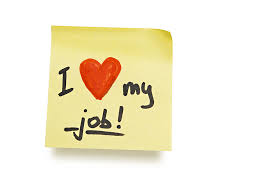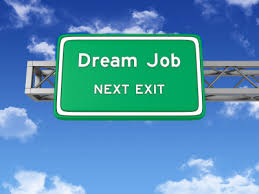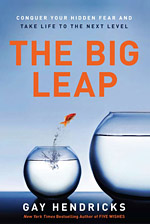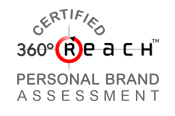 “Make each minute count.” – Dave Edwards
“Make each minute count.” – Dave EdwardsDo you make every minute count? I hope you do.
Most of us waste time, work on minor things, and focus on things other than people or high value work. I fall in the ‘most’ category more days of the month than I would like to.
Over the years, I have looked to the masters — CEOs, COOs and other peak performers — to see what they do in areas where I need to improve. Using my time more effectively is an area where I always look to improve because I want more time for the most important things in my business and life — people. Interactions with people are what count the most to me and those minutes are also how I am most successful in my work.
Below are the best time management strategies I’ve shared over the years. When executed effectively, they do indeed accelerate your search. May these help you have more time for the things that count in your job search and in your next position. Here are the tips I’ve found helpful in making every minute count:
- Say NO without explanation.
You can say “no” in a simple, polite manner to more email, more stuff, and those non-specific requests (i.e., those things that don’t align with your current goal of finding your next position).
For example, when someone at your child’s school says, “Mr. Brown, sorry to hear you lost your job. We are looking for someone to volunteer at the school on several projects. Would you like to help?”
Quickly assess the request. Is it specific with a clear goal? Will it help you talk directly to someone who can hire you? Will it help you hone a skill you need to move into your next position? If the answers are “no,” say “Thank you for asking and thinking of me. No, I am not available to help now.”
- Monitor your energy.
Know your natural rhythms, sleep patterns and eating habits. Be aware of how moving away from a former work schedule can impact these. Use your peak times each day to work on your top 3 priorities.
Move, walk, stand. Leave your desk and computer screen at least once an hour. Hydrate: Drink water hourly. Take breaks. Go take a walk and eat lunch. Schedule meetings at a park in lieu of a coffee shop.
- Set short periods of time for EMAIL.
Batch email. View your email two to four times a day, delete, handle if it takes 3 minutes or less, learn that replies to all messages are not needed.
Mark or flag what is important and requires action beyond what you can do at this time. Then schedule a time to complete the action needed.
Allowing your phone (email or otherwise) to take attention away from an important task makes you average or second rate on the things that matter and require your best.
- Build processes.
For any task you do a second time, assume you will do it again. Stop and write down your process, with as many details as necessary. Example: researching a company and their challenges. Take my word for it, you will definitely repeat this process.
If you write down what you do, the next time you can simply execute the steps. You will not need to waste time guessing. You will know what you did and what got results. If you want to be able to repeat amazing results, write down what you did.
Knowing what you did to get your first interview will help you get a second one. Knowing how you reached the CEO at one company will help you reach a CEO at another and so forth.
- Meet with people and follow-up with people you meet.
Leverage the 80/20 rule. Spend 80% of your time connecting and talking to people who can hire you face-to-face. That is the work that moves the needle.
Get out from behind your computer. Spend only 20% of your time on email, job boards, LinkedIn, or the phone. Stop seeking perfection on your resume, cover letter, email, etc.
Call and meet people — you need to establish relationships to receive introductions and recommendations. From each meeting, take away the knowledge you need to continue to grow the relationship. Ask about them. What do they do? What are their professional challenges? What is happening in their industry? What do their customers face or care about? Work to create deep connections and make notes when information is shared.
Then, follow up. Create the opportunity to reach out again, stay in touch, have another meeting. A personal touch is what it takes to build that connection and deepen it. Few relationships are built via email or LinkedIn.
End your meeting with a recap and plan your next step(s) and how you will follow-up with your contact.
In a job search there are many things you don’t control. You do control how you use your time. What will you do different this week to make every minute count?
 Finding yourself without a job and in a job search can be fun, exciting and full of adventure. It can also be filled with fear, questions and be a very unproductive time.
Finding yourself without a job and in a job search can be fun, exciting and full of adventure. It can also be filled with fear, questions and be a very unproductive time. Tomorrow is April 1st – April Fool’s day! And, at least in the Western world, a day of light-hearted fun and for me a sure sign Spring is near. The days are growing longer and that means more time to be outside.
Tomorrow is April 1st – April Fool’s day! And, at least in the Western world, a day of light-hearted fun and for me a sure sign Spring is near. The days are growing longer and that means more time to be outside.
 A common question I hear is, “How do I add a part-time job to my resume and/or LinkedIn profile?”
A common question I hear is, “How do I add a part-time job to my resume and/or LinkedIn profile?”




 A few weeks ago,
A few weeks ago, 

